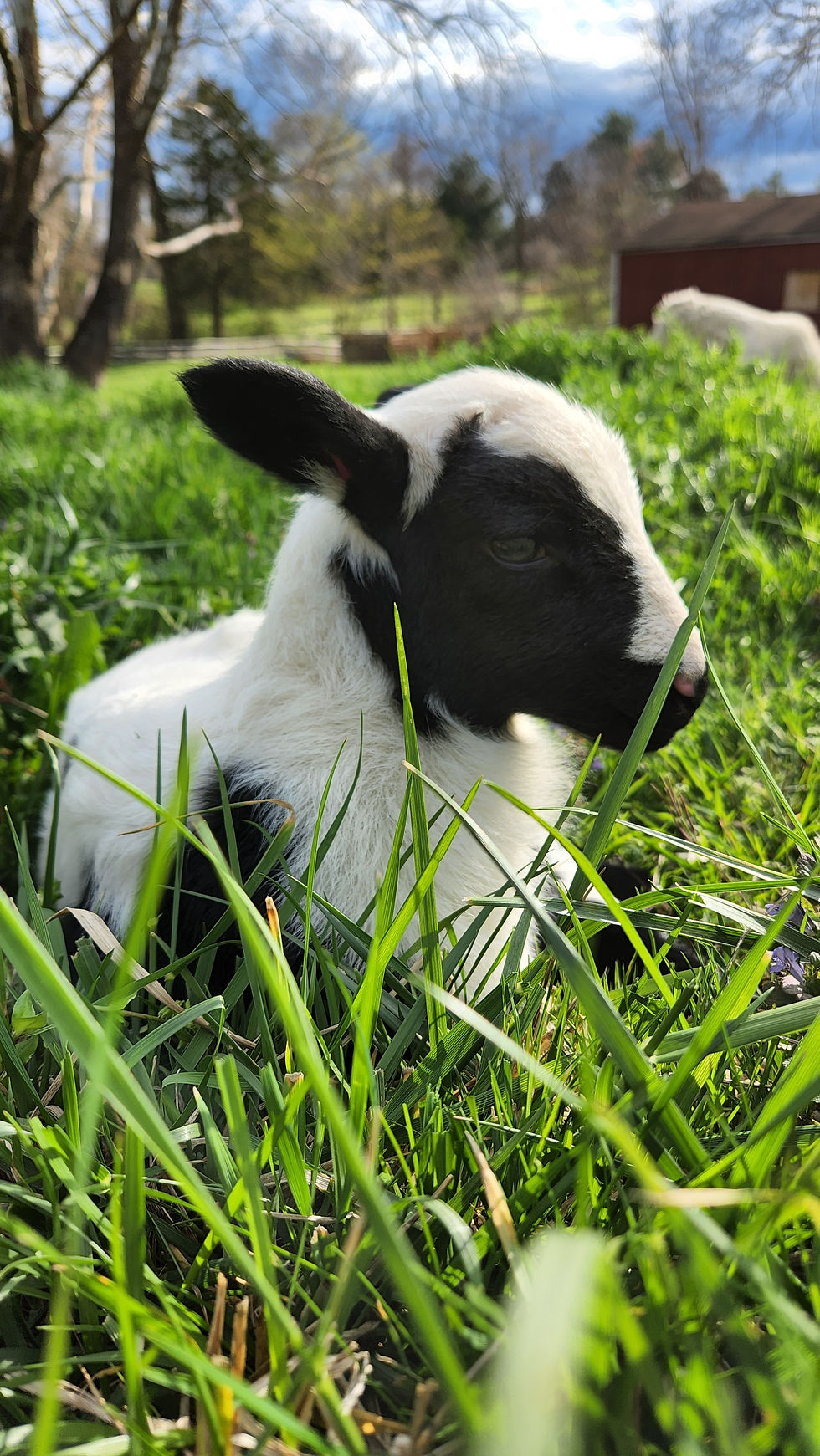Healthy Livestock: Co-Benefits of Soil Health Series
- Sarah Koth
- Jun 8, 2022
- 2 min read

"It's not the 'cow' it's the 'how,’” said Nicolette Hahn Niman, rancher and author of Defending Beef on Episode 22-6 of the podcast 4 The Soil: A Conversation. “The 'how' is the management, the 'cow' can be destructive if not properly managed, but she can also be extremely beneficial."
In building health from the soil up, we discover how intricate ecosystems connect. We gain numerous co-benefits from applying the four principles of soil health management, and one of them is increasing the health of livestock.
Healthy soils require organic matter. Livestock in their grazing can help terminate, or kill, cover crops by trampling them and leaving organic matter to decompose. Livestock also contribute through manure that helps fertilize the soil and encourages biological activity. However, rotating them often will help spread out the benefits and avoid concentrated areas of too much organic matter from urine and manure. Aleta Daniels, a farmer in Warrenton, Virginia, integrates livestock into her farm to help the land "be as productive and vibrant as possible," rotating the sheep to different paddocks and grazing areas daily. Daniels grows native and medicinal plants throughout the pastures and waits for warm weather to allow the sheep to graze. To manage livestock well, farmers and ranchers can use methods like rotational grazing, or moving animals from one pasture to another. Moving animals between pastures offers a diverse plate of nutritional options for livestock, and they tend to eat what will benefit their systems. When an animal bites and forages a plant, the plant pumps sugars through its roots and into the soil, which become food sources for microorganisms living in the soil. This process is extremely beneficial to the overall ecosystem particularly in a well-managed grazing system. Rotating pastures also avoids overgrazing and soil compaction that can occur with continuous grazing with inadequate rest and recovery for the pasture. With proper rest and recovery, grasses and plants grow back, and living roots remain in the soil to help cycle nutrients and retain water. By focusing on soil health, we also help build pasture productivity. We feed the microorganisms living in the soil and the animals grazing on the surface. Research and countless stories from farmers show how animal health and wellness influence and benefit from healthy soils. With fourteen sheep bouncing around the farm, Daniels sees these connections. "We have incredibly happy and productive sheep, and a thriving little ecosystem!" Integrating livestock with a focus on soil health implements all four principles of healthy soil management. We keep the soil covered with a diverse array of plants for animals to graze, which maximizes living roots in the soil while energizing the diversity of the overall system. We minimize disturbance by encouraging livestock to terminate and encourage the decomposition of plants to convert into organic matter for the soil. Soil health is the foundation for resilient ecosystems and healthy communities. Join the movement and sign the pledge to be 4 The Soil!
Resources Highlighted
Building Healthy Pastures, Lee Rinehart, Cornell College of Agriculture and Life Sciences
Soil Health Important for Grazing Operations, Too, by Jason Johnson, Public Affairs Specialist, USDA-Natural Resources Conservation Service, Des Moines
Healthy Soil Lifts Animal Weight, Rothamsted Research


Good companies will also consider financing options, just like any other order. This way, you don't have to worry about them ignoring your order. As soon as they receive your order, their smart and savvy staff will start working on it. All you have to do is focus on the boxes you need to do the sex doll storage case, not the dolls themselves.